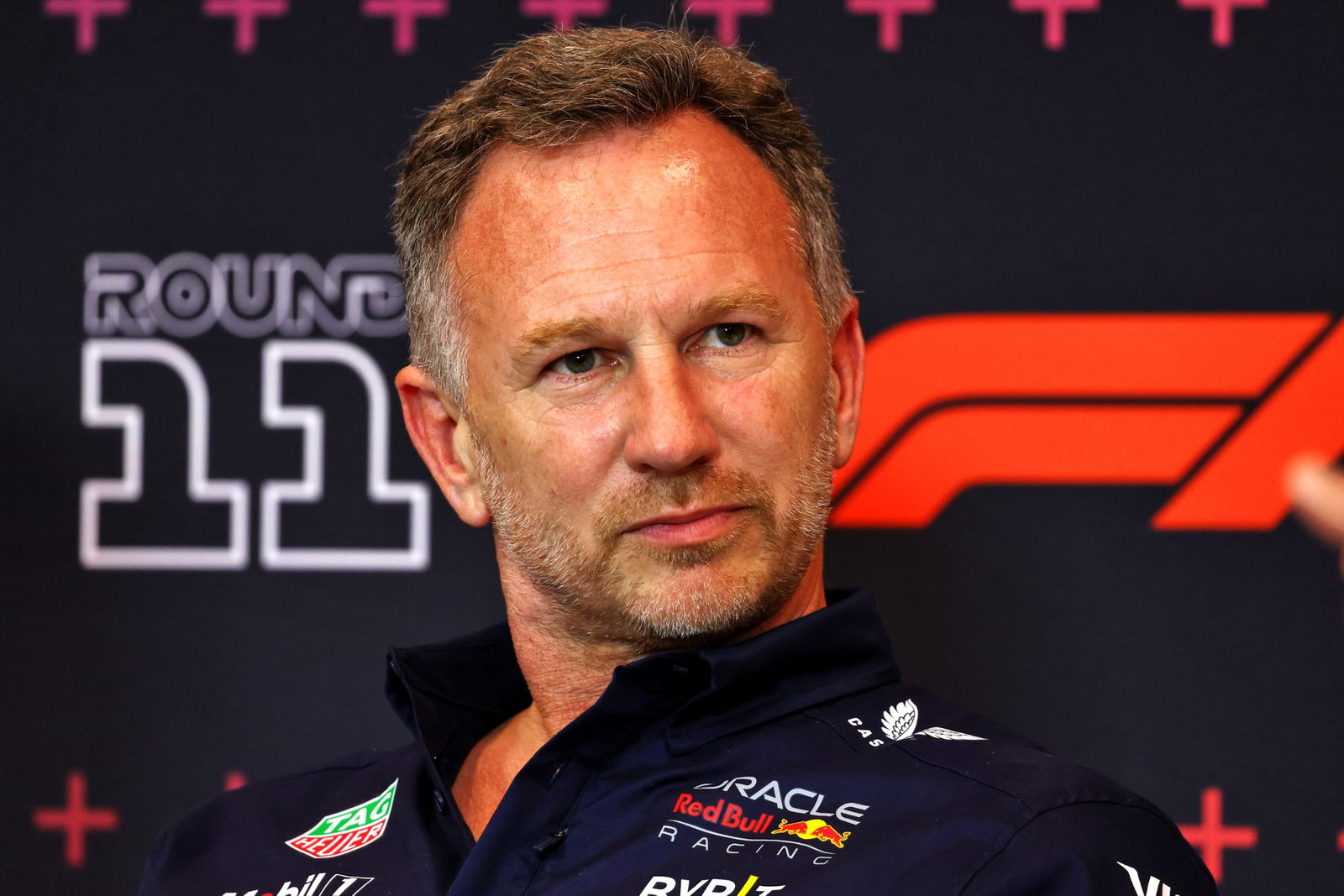Start to finish line: How Formula 1 works
Everything you need to know about how Formula 1 works...

Who are the teams?
There are currently 10 F1 teams, although throughout history, the number and the identity of the teams have changed.
Most teams represent car manufacturing giants, such as Mercedes or Ferrari.
Although Red Bull - who are currently the best team in Formula 1 - are different, a team set up by the energy drink giants.
The most successful team in F1 is Ferrari, the iconic red Italian squad. They have 16 Constructors’ titles and 15 drivers’ titles but have been unable to crown a drivers’ champion since 2007.
In that time, first Mercedes took over as the dominant team, led by Lewis Hamilton.
Now, Red Bull are at the forefront. In 2023, Red Bull won every F1 grand prix except one.
McLaren are also a famous and iconic F1 team, who the late Ayrton Senna once represented.
Williams are also a famous and longstanding British-based team.
Aston Martin returned to F1 in 2021 after a team with a previous identity was rebranded by a new billionaire owner - this is a fairly common occurrence.
RB are the sister team to Red Bull. Haas are the only US-based team. Alpine were previously Renault. And Sauber are in the process of evolving into Audi, the German manufacturing colossus who will fully enter (and rename the team) in 2026.
Who are the drivers?
The 10 F1 teams each have two drivers. They drive cars which are, in theory, identical. Although, on occasion, a team may choose to run an upgrade on just one of their cars.
An upgrade is a crucial technological update designed to improve the car’s performance.
Lewis Hamilton is the most well-known F1 driver.
Hamilton drives for Mercedes, alongside George Russell, where he has won the most recent six of his seven F1 championships. He previously won at McLaren, too.
Next year, Hamilton will go to Ferrari who currently have Carlos Sainz and Charles Leclerc (both have won a grand prix more recently than Hamilton).
Max Verstappen is the current F1 champion.
He has won the title in each of the past three seasons and, according to Formula 1 betting, is red-hot favourite to claim a fourth title this year. Verstappen’s teammate is Sergio Perez.
Aston Martin pair the legendary Fernando Alonso with Lance Stroll, McLaren have Lando Norris and Oscar Piastri.
Daniel Ricciardo and Yuki Tsunoda represent RB, Nico Hulkenberg and Kevin Magnussen are with Haas, Esteban Ocon and Pierre Gasly are with Alpine, Alex Albon and Logan Sargeant drive for Williams, Valtteri Bottas and Guanyu Zhou drive for Sauber.
How does F1 qualifying and an F1 grand prix work?
An F1 round is run across three days. Traditionally, practice is held on a Friday, qualifying on a Saturday and the grand prix on a Sunday.
The purpose of practice is for F1 teams to get a feel for the unique layout of the track, before it really matters. They will tweak bits and pieces on their cars during a practice session to test whether or not it allows the car to go faster.
Qualifying is where the importance ramps up. The order in which F1 drivers qualify is the order in which they will start the grand prix. So, if you qualify in first, you earn pole position for the race, giving you a great advantage to win it.
Qualifying has three parts to it, and drivers are eliminated in each. By the third part, 10 drivers are going full-pelt to claim pole position.
The next day, F1 teams might have adjusted their cars based on whatever they learned in qualifying. For those who crashed or experienced breakdowns, a busy overnight period for the mechanics beckons to get the car ready for the grand prix.
F1 drivers will line up on the starting grid in the order that they qualified.
They will do a warm-up lap first - you’ll see them weaving from side to side. This is to heat the tyres to extract maximum performance.
Race Direction will then begin the race. Five red lights will go out, one by one, signifying the start. They race over a minimum distance of 305km.
The rules
There are many rules to Formula 1 racing, and they change annually. Sometimes, new rules are introduced midseason.
But the fundamentals will remain. For example, F1 is a non-contact sport so you cannot bash a rival driver off the track.
You must also keep at least one wheel within the track limits (the white painted line) at all times.
An F1 race must not exceed two hours. In the unlikely eventuality that it does hit the two-hour mark, it is automatically ended with the winner declared as whoever is leading at the time.
Flags are crucial. They signify the racing conditions. A green flag indicates a clear track. A blue flag tells a driver that he is about to be lapped, so he must allow his rival driver past.
A yellow flag, importantly, tells driver that potential danger lurks. It is a signal to slow down.

